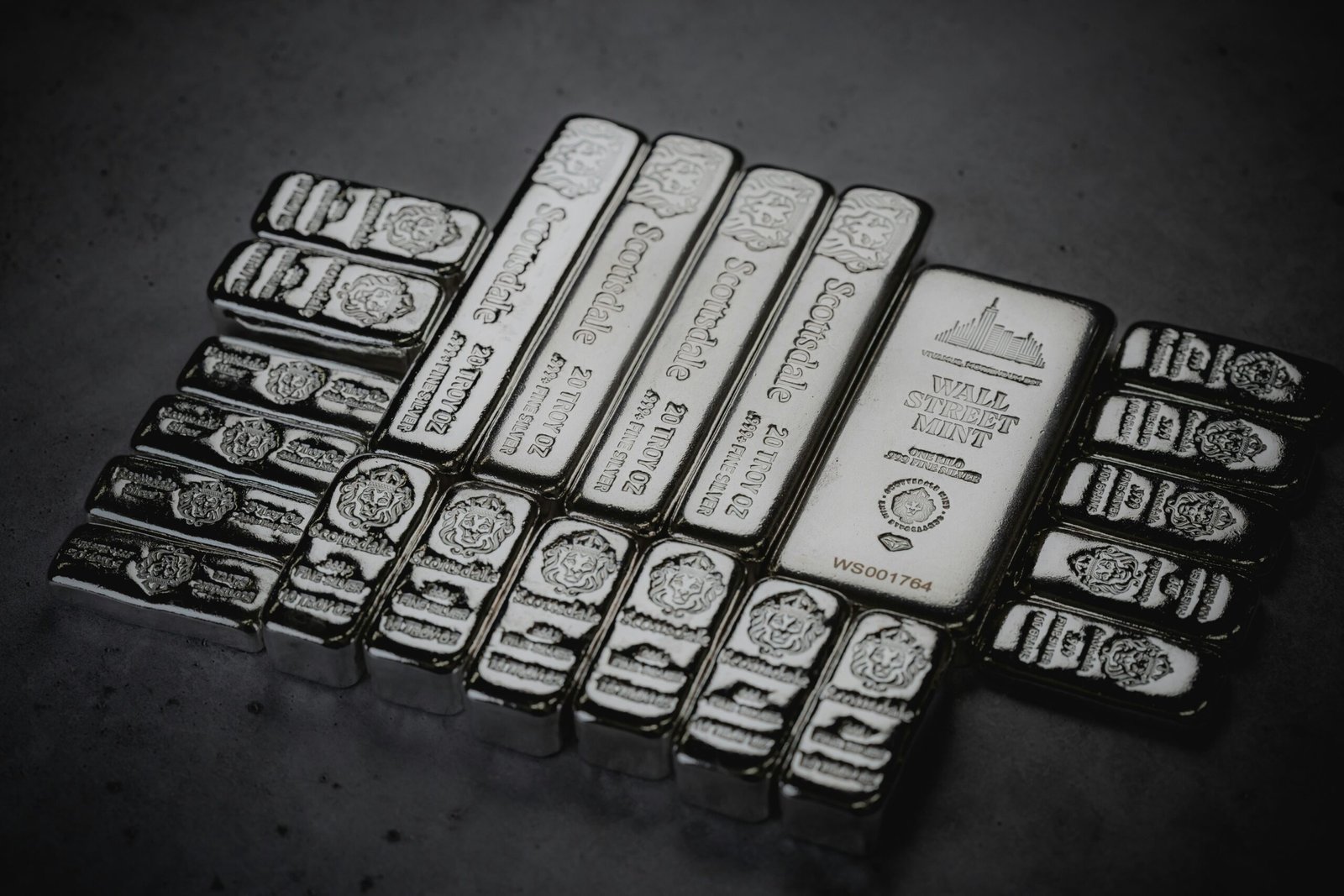The Role of Silver in a Diversified Investment Portfolio

In the world of investing, diversification is often heralded as a golden rule. By spreading investments across various asset classes, investors can mitigate risks and enhance potential returns. While stocks and bonds make up the bulk of many portfolios, precious metals—particularly silver—are gaining increasing recognition as vital components of a well-rounded investment strategy. In this blog post, we will explore the compelling reasons why silver is a valuable addition to investment portfolios, focusing on its industrial uses, historical performance, and unique properties as a safe-haven asset.
1. Industrial Demand: The Backbone of Silver’s Value
Silver is not just a precious metal sought after by collectors and investors; it has significant industrial applications that contribute to its value. With properties of high conductivity, reflectivity, and antimicrobial abilities, silver is used in various industries, including electronics, solar energy, medicine, and automotive manufacturing.
- Electronics: Silver is a key component in several high-tech applications, from smartphones to electric vehicles. In an era where technology is advancing rapidly, the demand for silver in the electronics sector is likely to grow, bolstering its value.
- Solar Energy: As renewable energy sources continue to gain momentum, silver plays a critical role in photovoltaic cells used in solar panels. The transition towards sustainable energy solutions suggests that silver’s industrial demand will only increase in the coming years.
- Healthcare: With its natural antimicrobial properties, silver is used in medical devices, wound dressings, and antimicrobial coatings, further supporting its demand across multiple sectors.
The robust industrial demand underscores silver’s potential as a price stabilizer in an investment portfolio, ensuring that its value is supported by tangible usage in a variety of applications.
2. A Historical Perspective: Silver’s Resilience
Throughout history, silver has been recognized as a store of value and a medium of exchange. Its historical performance beautifully illustrates its dual role as both a precious metal and a commodity.
- Inflation Hedge: Like gold, silver is often viewed as a hedge against inflation. During times of economic uncertainty and rising inflation, investors tend to flock to precious metals, driving up their prices. Historical data shows that during major financial crises, silver prices have typically increased as investors seek stability.
- Cyclical Performance: Unlike many securities that might correlate with broader market movements, silver often performs well during economic downturns. For example, during the 2008 financial crisis, silver saw significant increases in value as investors sought assets perceived as safer than volatile stocks.
- Long-Term Value: As a long-term investment, silver has consistently maintained its purchasing power over the decades. While it may experience fluctuations in pricing similar to other commodities, its historical value retention makes it an attractive asset for long-term portfolios.
3. Risk Mitigation and Portfolio Diversification
Adding silver to an investment portfolio can be an effective means of risk mitigation. Here are a few key points to consider:
- Low Correlation: Silver has a relatively low correlation with traditional asset classes such as stocks and bonds. This characteristic makes it an excellent diversifier, helping to spread risk more evenly throughout a portfolio.
- Geopolitical Hedge: Silver, like gold, is often viewed as a safe-haven asset during times of geopolitical tension or economic strife. When markets become volatile due to political unrest or economic downturns, silver can provide a cushion due to its historical performance during such events.
- Tangible Asset: Unlike stocks or bonds, physical silver can be held in hand, providing a psychological and tangible sense of security. This can be particularly appealing in uncertain economic climates.
4. Conclusion
Incorporating silver into a diversified investment portfolio offers numerous advantages. Its industrial applications, historical resilience, and unique properties make it an essential asset that can help counterbalance the risks presented by traditional investments. As we move into an uncertain future—with economic fluctuations and an ever-evolving technological landscape—silver may very well hold the cornerstone position in a carefully constructed investment strategy.
Investors should consider integrating silver in phases or through various investment vehicles—whether physical silver, ETFs, or mining stocks—to reap the benefits of this versatile metal. As always, it’s important to align any investment decisions with personal financial goals and risk tolerance. Silver stands ready not only to shine as a valuable investment but also to anchor a diversified investment portfolio.
Leave a Reply